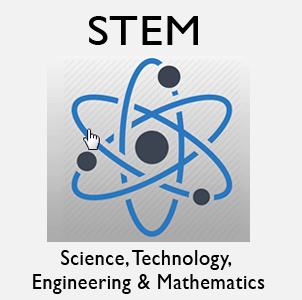What does K-12 scheme really has to offer to students?
To prove that K-12 system is more than just adding two more years to high school, below are three of the many practical benefits of schooling under a 13-year education cycle:
Preparedness for tertiary learning – With adaptation of K-12 scheme, students are expected to graduate at age a bit older than past graduates’. This is an advantage, according to DepEd, as graduates will be considered young adults. Hence, they will be more equipped to deal with much higher level of learning as they enter college education.
Readiness to join the workforce – Unlike the old system, K-12 does not compel each student to take college after completing Senior High School (SHS). In fact, this scheme empowers students to make a choice on their own. They may not pursue college education especially if they have chosen a track other than academic track. The good thing is SHS graduates will be equipped with skills (through electives) that will make them good at certain field(s).
Skill competency in the global job market – K-12 system aims to improve Filipino students’ mathematical, scientific, and linguistic competence. With the new curriculum, DepEd promised to offer higher quality education through tracks. Each track will give students enough time to master a field and enhance their skills. In the end, K-12 graduates will become globally competitive and are set to obtain spot in the stiff labor market.
The government believes that K to 12 curriculum in the Philippines will put Filipino students at par with the rest of the world. Truly, investing in education is the key toward reaching national growth and development.







